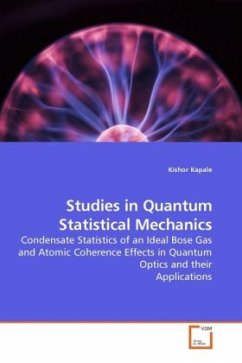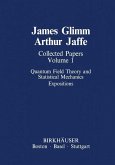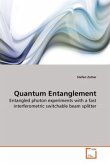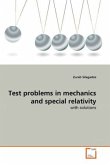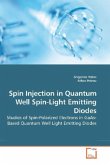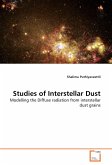Part I: The problem of Bose-Einstein condensation of an ideal gas is dealt with to determine the condensate statistics. A brief description of the inter-relations between various ensembles of statistical mechanics is given. Thereafter, various canonical ensemble methods applied to the trapped ideal Bose gas are discussed in great detail. Further, strategies to convert the canonical ensemble results into the microcanonical ensemble description are also discussed. Part II: Various topics bound by a common theme based on the principle of atomic coherence are studied in the second part. First a scheme exploiting interference of incoherent pump processes to achieve strong control over the total spontaneous emission from a three-level atom is discussed. Thereafter various schemes to achieve radiative cooling without the presence of spontaneous emission on the cooling transition are considered. This allows cooling to an internal absolute zero of temperature in an atomic system in very small number of steps. In the last chapter a transient regime for gain without inversion is considered in a three level lambda system that may be easier to implement.
Bitte wählen Sie Ihr Anliegen aus.
Rechnungen
Retourenschein anfordern
Bestellstatus
Storno

